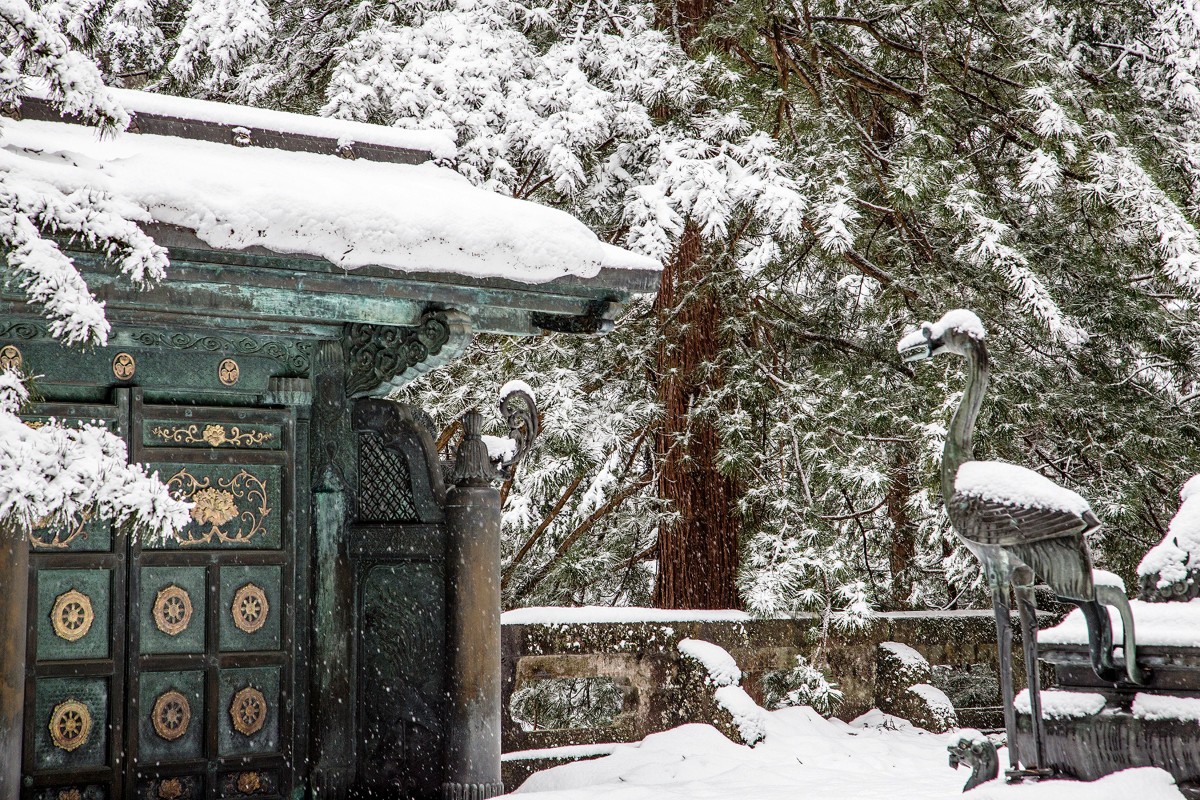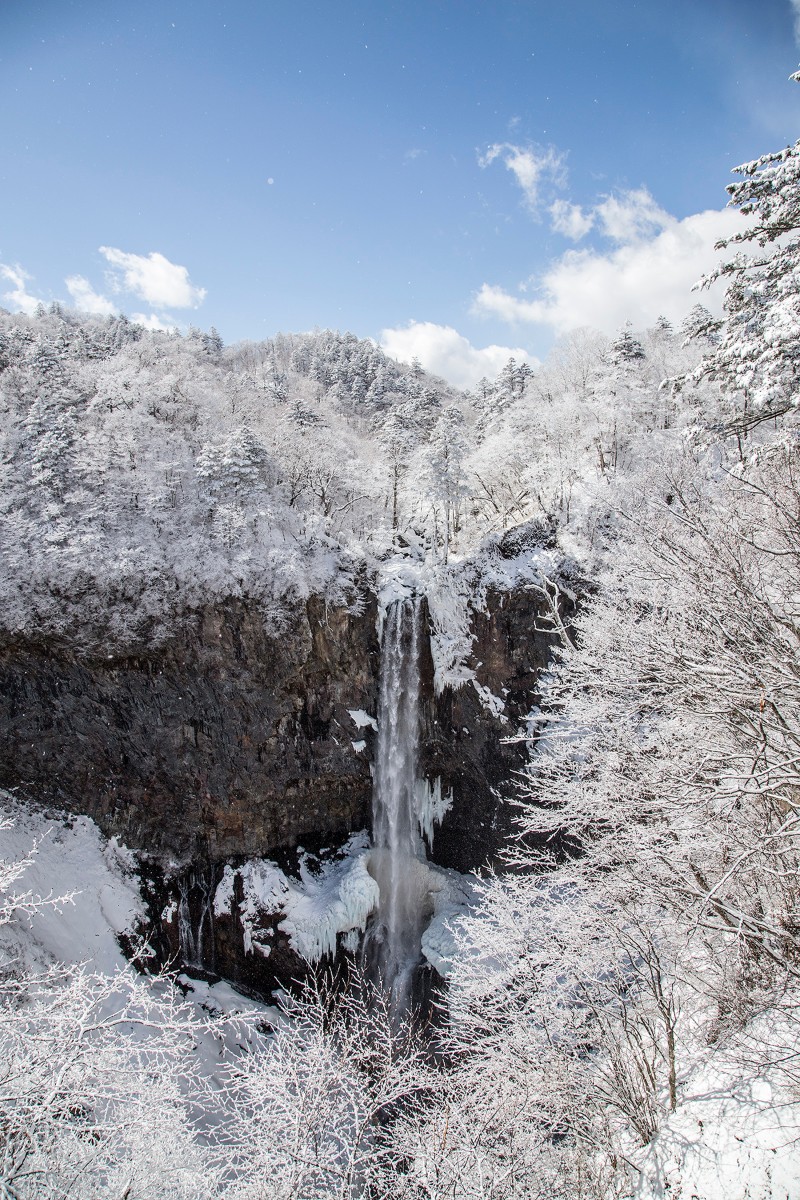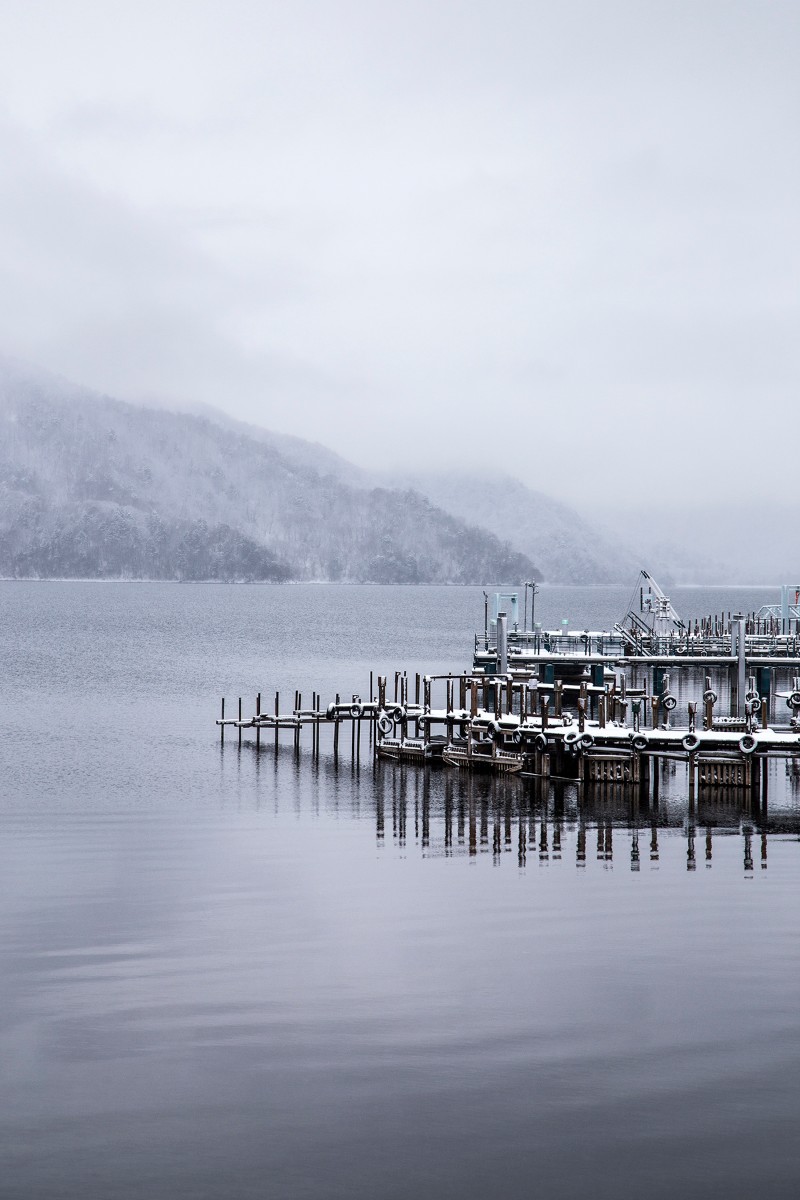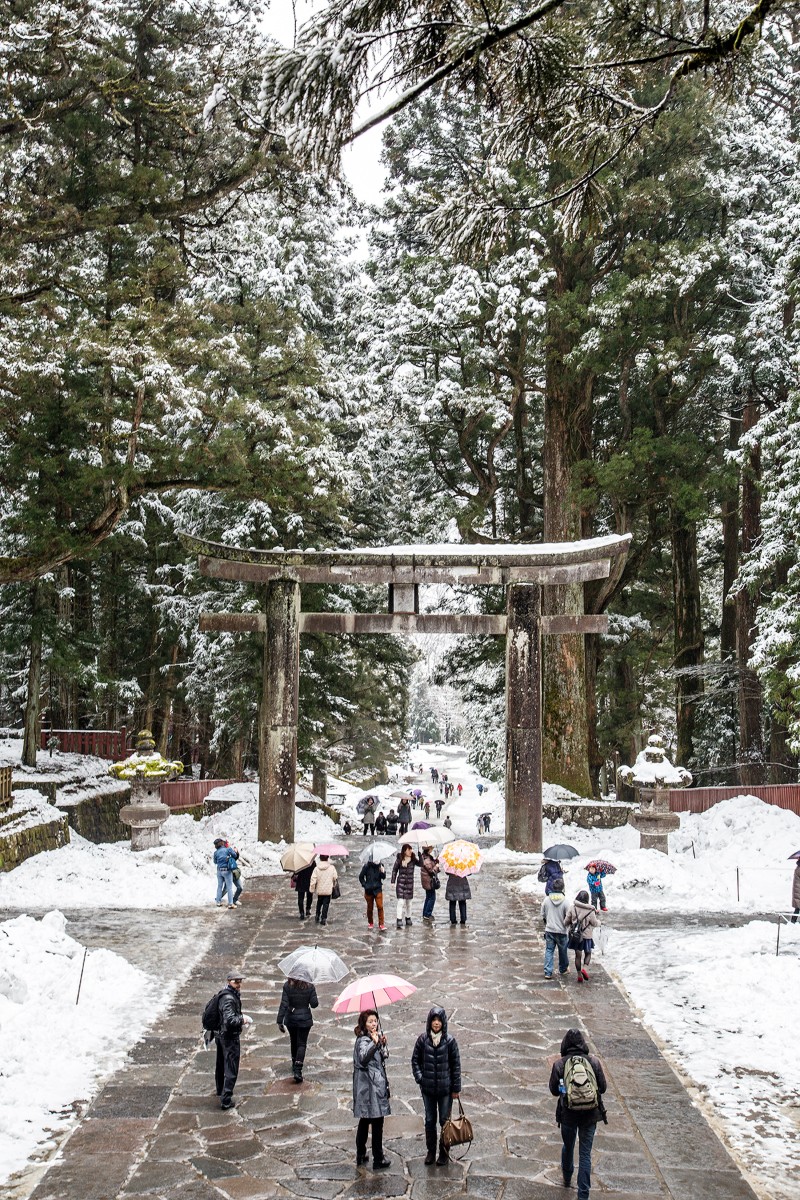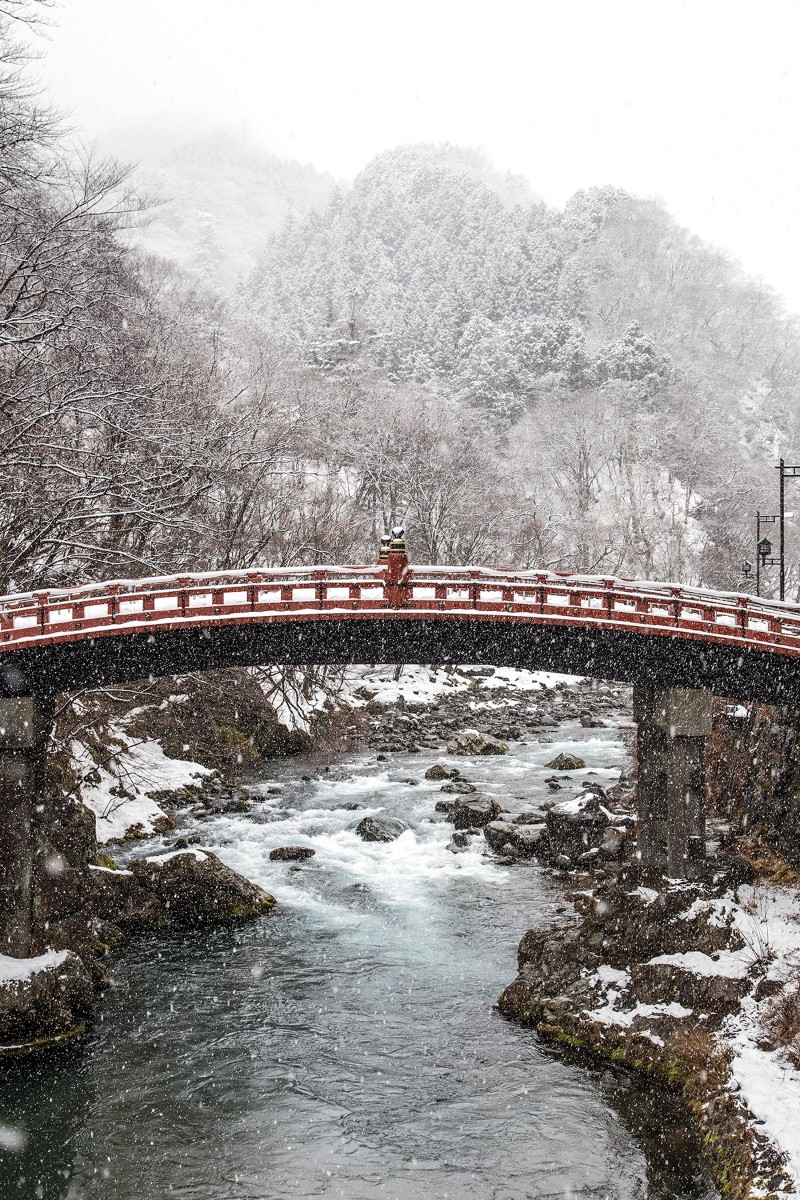Tokyo was already one of the world’s most populated cities way back when it was known as Edo—a few centuries ago. At present, the greater metropolitan area is the most densely populated area on the planet with over 37 million last count. It could also be considered the largest city…ever. The distance between the urban center and its most distant satellite is over 1,000km (660mi), but there’s a lot of ocean in between. I refer of course to the tiny and remote extremity of the megalopolis, the Ogasawara Islands (administratively part of Tokyo). In 2013 the island chain enjoyed UNESCO World Heritage designation, as a place of “outstanding universal value”, one of four such locations in Japan.
The only way to reach the “Galapagos of Asia” is by one boat, the Ogasawara Maru, which makes the voyage roughly once a week (http://www.ogasawarakaiun.co.jp/english/). It takes a little over 25 hours in fair weather (each way) and considerably longer on rougher seas. If you are unaccustomed to traveling great distances by midsized boat at speed, it’s kind of like being in a state of perpetual turbulence. However, the silver lining is two-fold; the constant rocking puts you to sleep like a baby in mother’s arms, which makes the time pass much more quickly than you might imagine, and when you do get up for a stroll to the toilet or restaurant, you get to walk like an inebriate. Win! Both the toilets and restaurant are adequate, but I’d recommend the numerous vending machines over the café. You can of course also bring pre-purchased food and drink onboard, which is not a bad idea, but not essential. For those who are susceptible to seasickness, two types of medicine are sold onboard to counter the effects, one for before, the other for after the onset of symptoms.
This is certainly one of those trips where the journey is every bit as important as the destination. I guess it should come as no surprise that your fellow travelers are pretty interesting themselves. For this distance, few opt for the old ways of travel. No airport? Pass. This is like going from Paris to Berlin by horse. Okay, it’s not a junk…that would truly be hardcore, but it’s no cruise ship either. A middle-aged gentleman (oyaji) I chatted with travels extensively and exclusively in Japan. He had completed the Shikoku Pilgrimage (88 temples) three times, and he reckons he’s been to over 100 islands. A lady I met had been to as many countries. There’s a palpable sense of adventure here, not just relaxing on a tropical beach, though (fortunately) there’s that too.
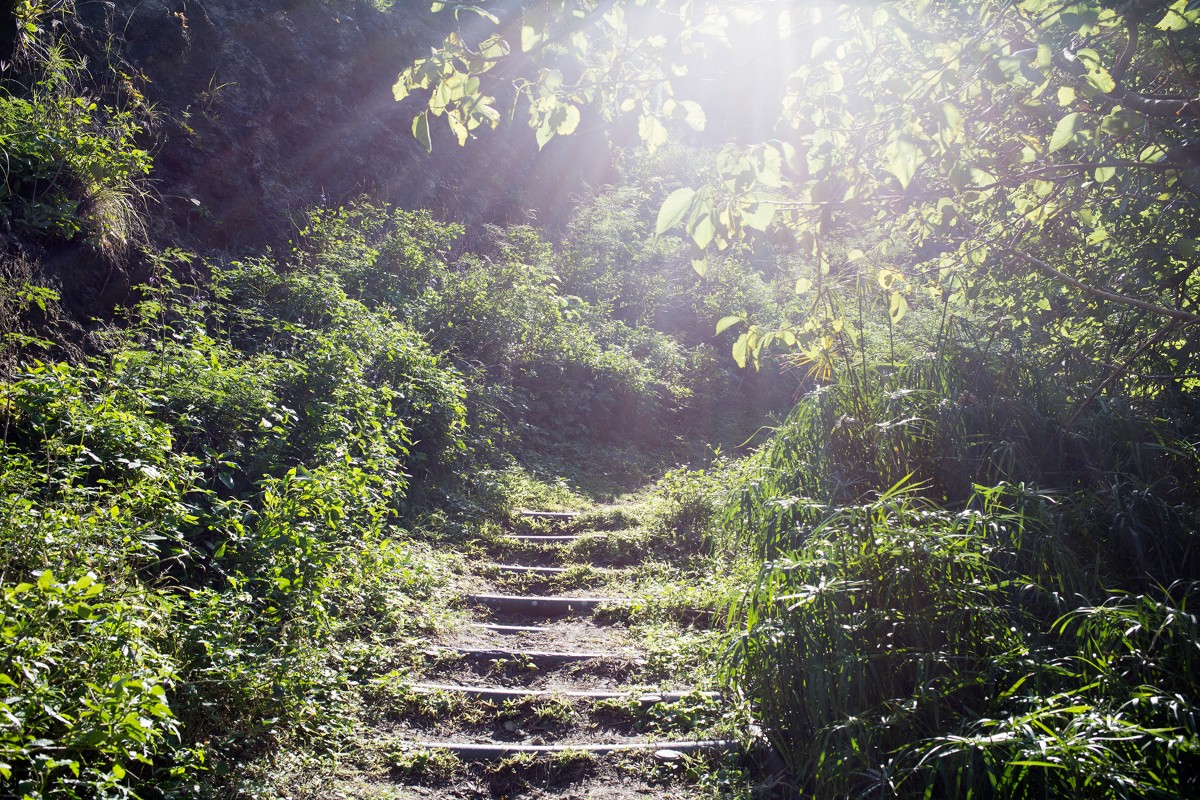
If you’re interested in diving, fishing, whale watching, swimming with dolphins, kayaking, going on night hikes to see bats (with red lights) and luminous mushrooms, or going on day hikes through anywhere not clearly marked on the map, you’ll need to arrange a guide. To ensure you’re doing what you want, when you want, at the best price, it’s obviously best to book what you can beforehand: http://www.ogasawaramura.com/en/. There is also information available on the boat and at the B-Ship tourist information center on the island (about 1000ft/300m to your left after disembarking).
The islands are (likely soon to be were) known in English as the Bonin Islands, from the Japanese word bunin, which is an old way of reading the Chinese characters for “uninhabited”. Though some evidence suggests a prehistoric human presence on the island, they were aptly named by the time a small group of Polynesian and European settlers arrived from the Kingdom of Hawaii and set up a small colony. They, along with their descendants, were allowed to remain on the island after Japan sent its own group of settlers from Hachijōjima to formally claim the chain towards the end of the Edo Period. However, all inhabitants were relocated during the Second World War and the main island of Chichi-jima (Father Island) was used as a military base. Some interesting remnants to that effect can still be seen throughout the island, such as military tunnels, air raid shelters, artillery, and even a torpedoed ship.
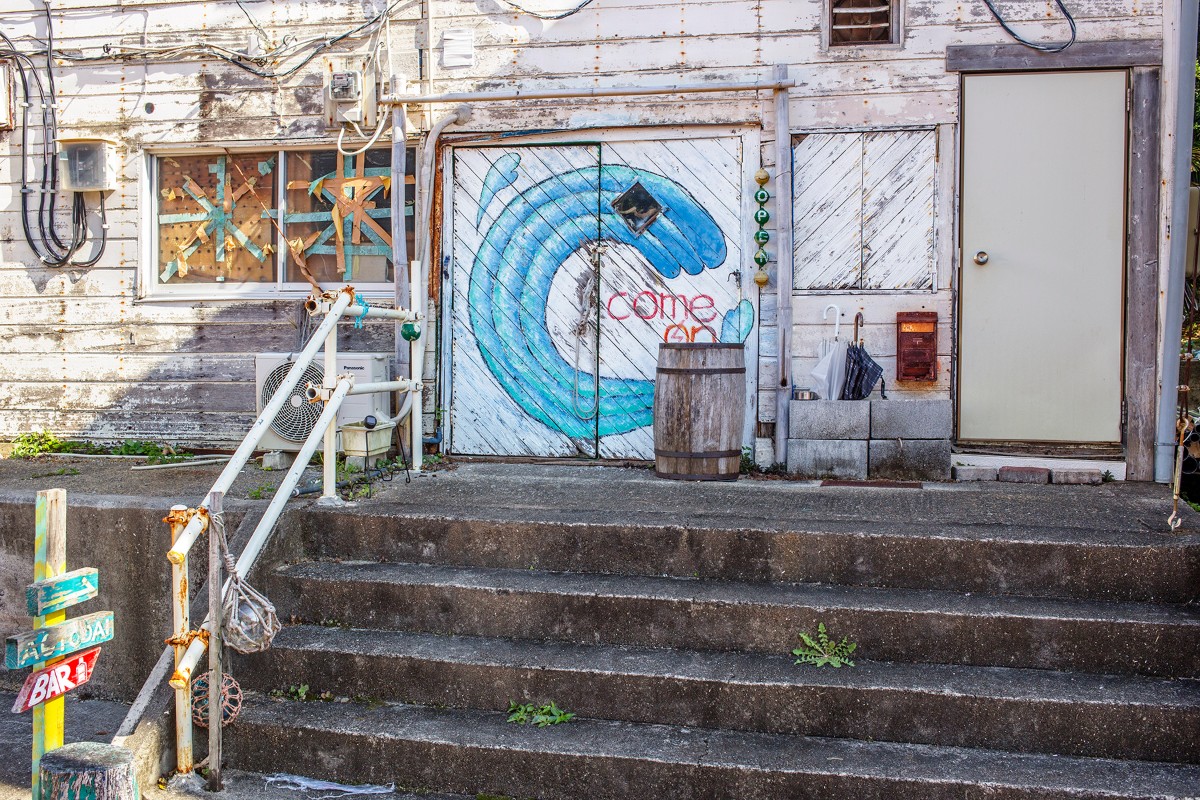
For those who have either a Japanese or international driver license, renting a motorbike is a fun and easy way to get around the island. Otherwise, both electric and regular bicycles are available to rent at roughly double the going rate of more conveniently reached locations, but still well worth it. There’s also a community bus that departs once every 60-90 minutes and connects the main village of Ōmura and Futami Port (where the Ogasawara Maru docks) in the north with Kominato Beach in the south, passing by a couple great beaches and viewpoints along the way. The entire journey takes a mere twenty minutes and is good fun, as all drivers seem to think they’re in a Formula One car racing for pole position. Fares are ¥200, and it’s probably best to forgo the unlimited use tickets as you’d have to try really hard to get value out of them.
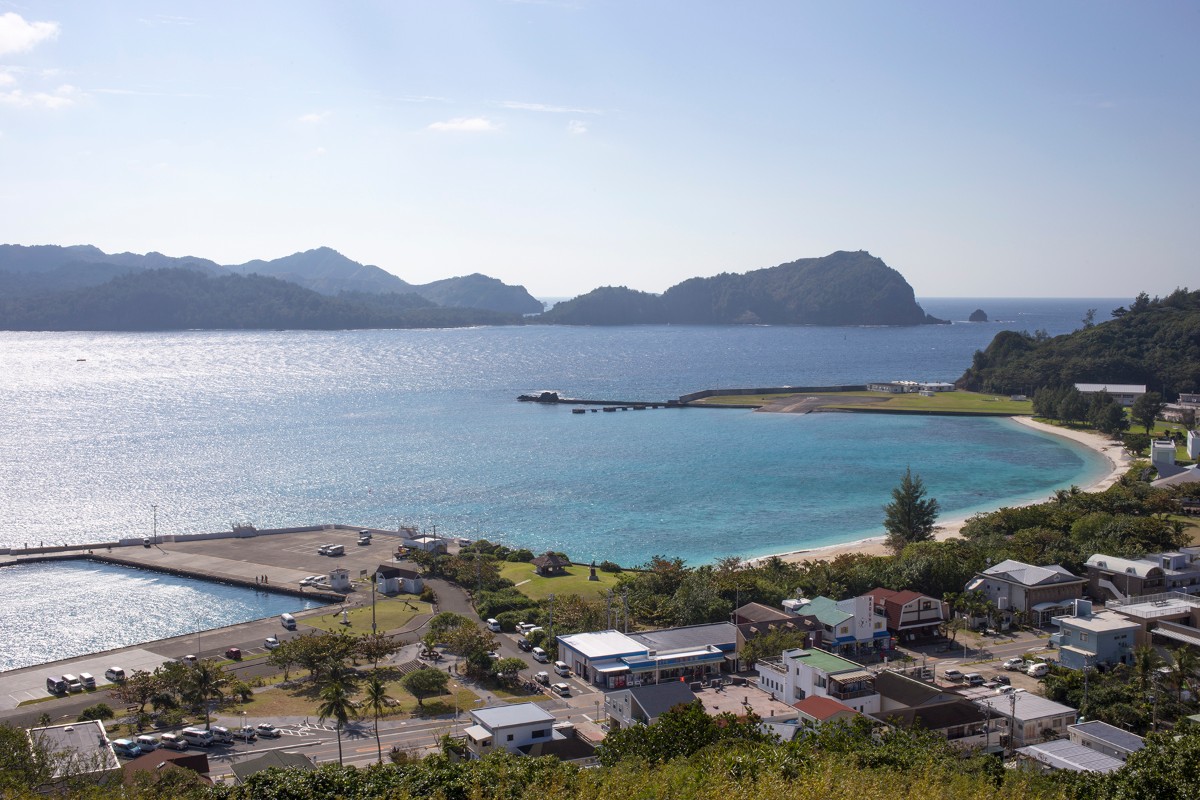
As previously mentioned, there are quite a few beautiful small beaches on the island, great for a swim or snorkel, but take care not to drift too far from shore or you’ll be whisked away by the rapid currents and find yourself in deep ocean and trouble quickly. Remember, you’re basically on a space station. Most beaches can easily be reached by bus and a short walk; a few on the east side of the island will require more stamina and a guide. The most remote beach you can visit without a guide is John Beach, a five-hour round trip hike from the last bus stop, Kominato Kaigan. If you are up for this, make sure you thoroughly clean your clothes and the soles of your shoes at the trailhead (equipment and instructions provided) to keep the fragile and unique ecosystem of the island free of contamination.
There are plenty of restaurants to choose from in Ōmura, with a surprising variety of cuisine. Heart Rock Café has shark burgers; you can eat local sushi at Marujō, and if you’re planning to be out for the day, pick up a delicious and hearty bentō at Island Deli. Ogasawara is also one of the few places in the world where you can try sea turtle, either stewed or raw. A number of izakaya such as Radford, Fuku Chan, Jinbe-an, Charlie Brown, and Bar Creyon serve up the evening entertainment with homemade sides until midnight, or a little after, and are good places to mingle with the locals and hear their stories. Shopping for original handicrafts and clothing is another fun and nice way of supporting the local economy, but beware of truly envious hours of operation.
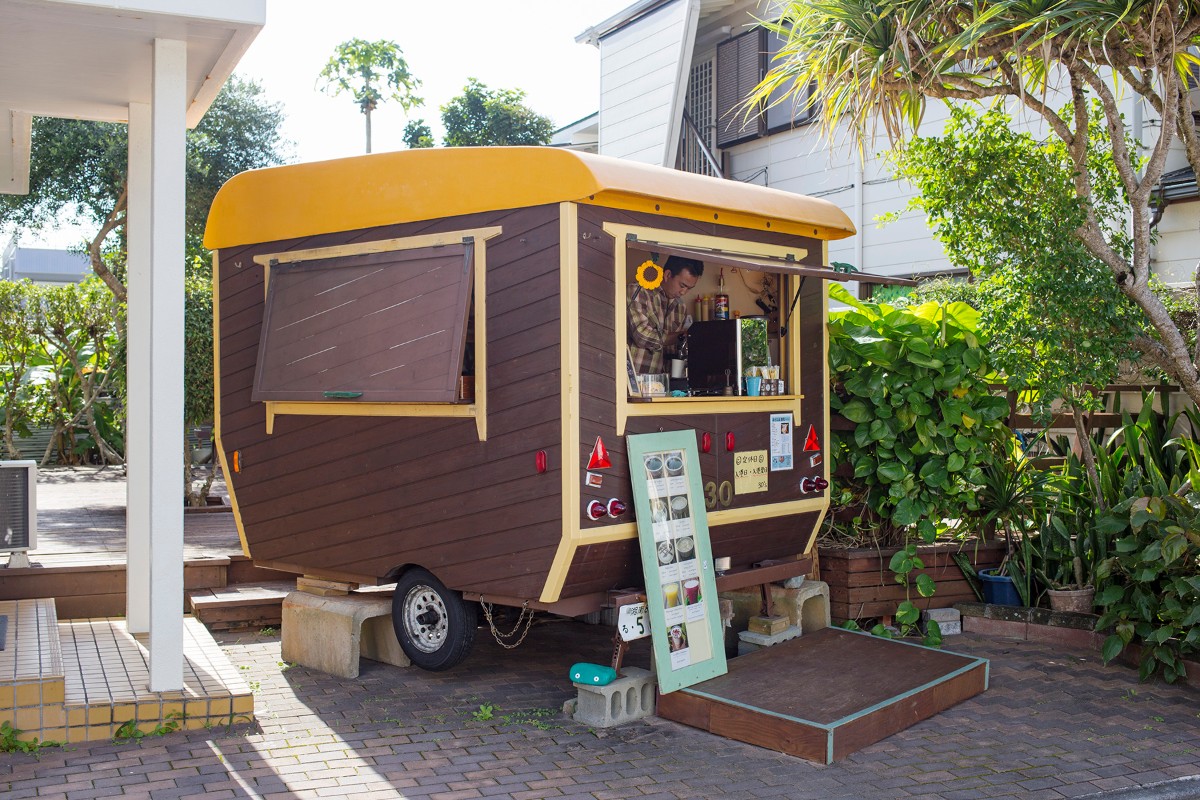
The best coffee is served take-away out of a cute trailer and can only be found off-island at Fuji Rock. It’s called 30’s because the proprietor opened the place when he was 30 years of age. Fair enough. He said it might change to 40’s in 6 years. I hope it’s called Hundies one day.
The only other inhabited island is the even smaller and quieter Haha-jima (Mother Island) further to the south. The Hahajima Maru departs almost daily, and connects Mother with Father in about two hours. The attractions are much the same, albeit with less people, and prior reservations more of a necessity. Do also be aware that boat schedules are subject to delays and cancellations depending upon the weather, so give yourself a little buffer when planning your holiday.

When the time comes for your departure, it seems like the whole island shows up to wave goodbye and quite a few ships will even follow you out to sea for a moving farewell. But you’re just going to another part of the city. Ah…Tokyo, truly a city of superlatives and contrasts.



